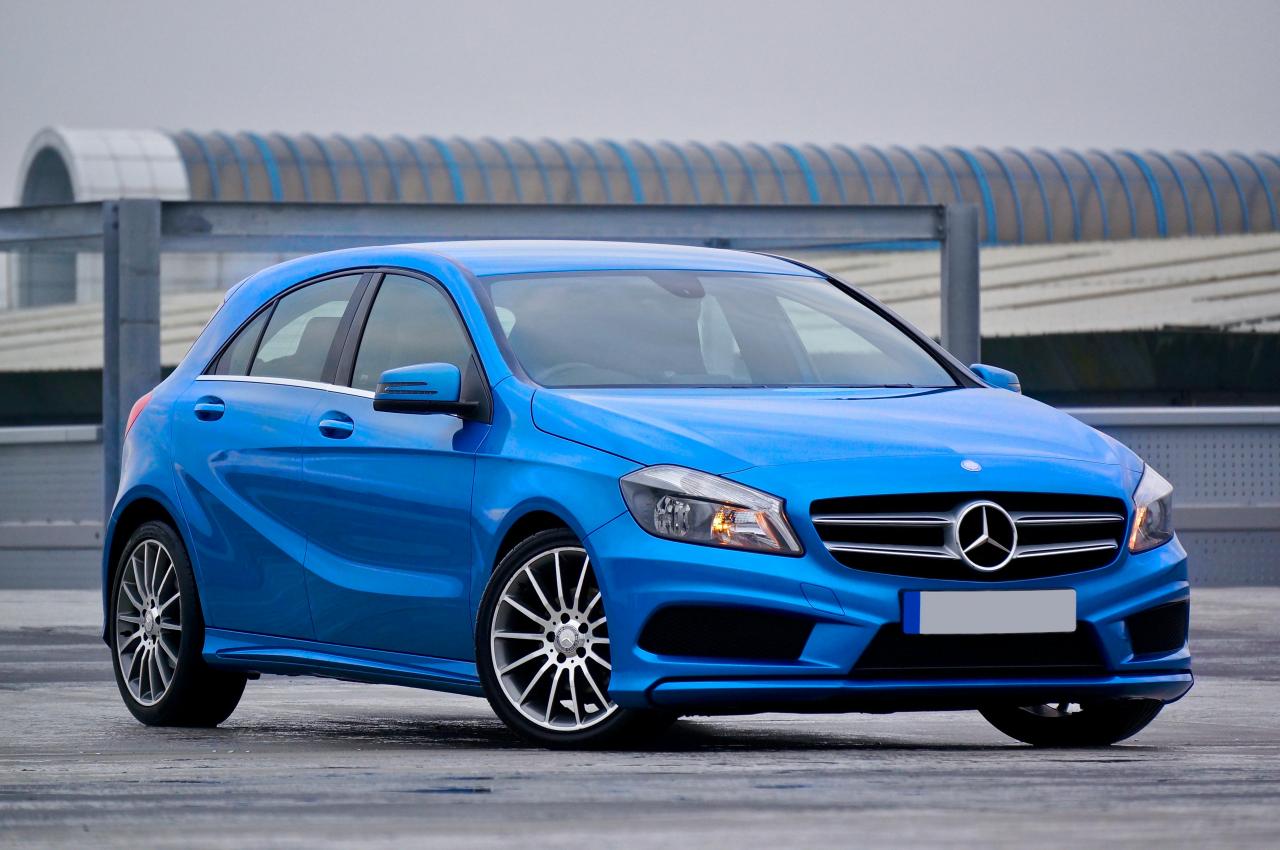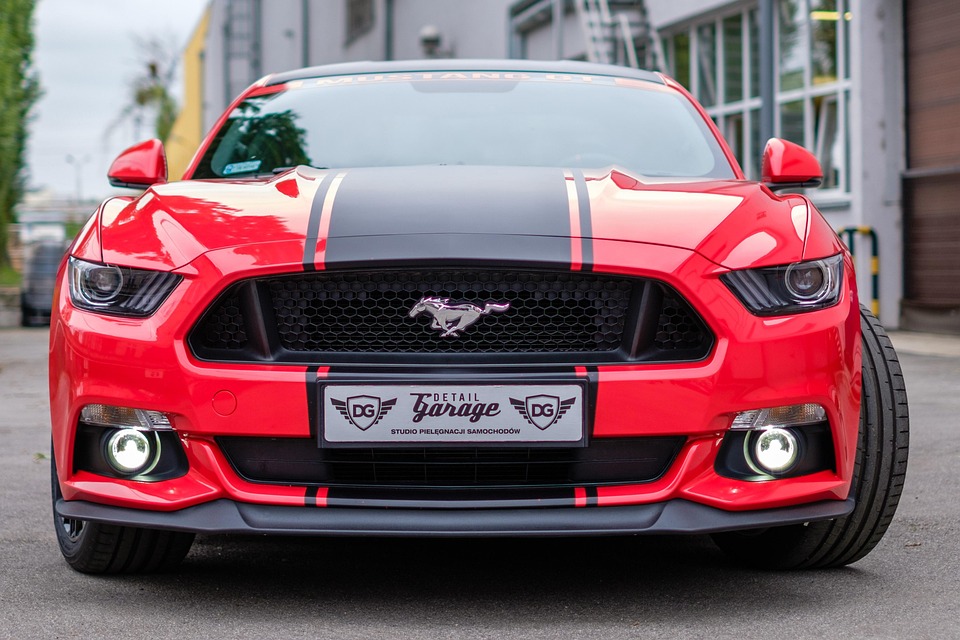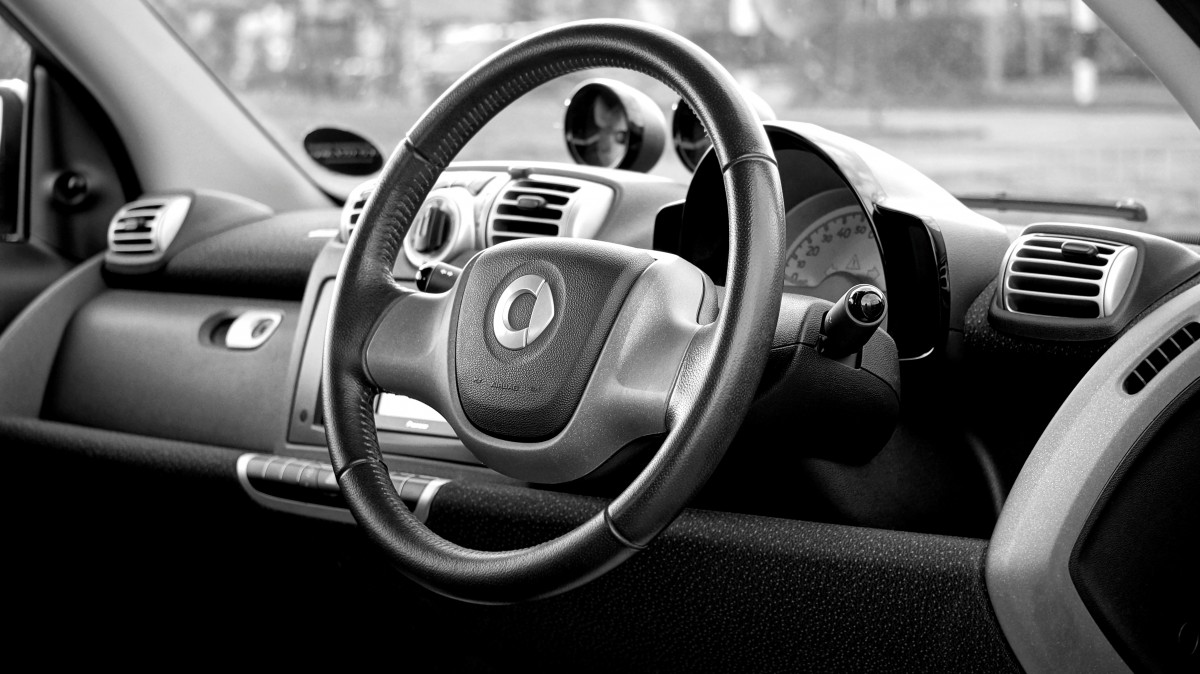Introduction: The Digital Hub of the Modern Vehicle
The automobile’s cockpit has undergone a monumental transformation, shifting from a cluster of analog dials and mechanical buttons to a sophisticated, fully integrated digital environment. At the center of this revolution is the Infotainment System, or CarOS, which now functions as the digital hub of the vehicle.
This system manages everything from navigation and communication to media playback, climate control, and increasingly, vital driver information and vehicle settings. The quality, responsiveness, and intuitive design of this interface have become critical purchasing factors, often weighing as heavily as engine performance or fuel efficiency for the modern, digitally connected consumer.
The industry is currently engaged in a fierce competition to develop the most seamless, intelligent, and customizable CarOS. Manufacturers are moving away from proprietary, clunky interfaces toward systems built on familiar, globally recognized platforms like Google’s Android Automotive and Apple’s CarPlay.
This transition signals a commitment to integrating the driver’s digital life directly into the vehicle experience. It demands systems that are powerful enough to handle real-time cloud data, over-the-air (OTA) updates, and complex artificial intelligence functions. A poor infotainment system not only frustrates the user but can also become a safety hazard, forcing the driver to divert attention from the road to navigate confusing menus.
Successfully evaluating the next generation of CarOS requires moving beyond screen size and resolution to dissect the underlying operating system’s intelligence, integration depth, and long-term upgradeability. This comprehensive guide will meticulously detail the key players and emerging trends in the infotainment space, providing a hands-on review of the leading proprietary and third-party systems expected to define the 2025 automotive landscape.
We will analyze user experience (UX), voice command efficacy, app ecosystem support, and security considerations. By mastering this critical technology, you empower yourself to choose a vehicle that offers not just transportation, but a truly integrated, smart, and safe digital driving experience.
Part I: Defining the CarOS Landscape

The modern infotainment system is now a complex, dedicated operating system (OS) that falls into two main categories: proprietary systems developed internally by the manufacturer and open-source operating systems.
A. Proprietary Manufacturer Systems
These systems are developed, owned, and tightly controlled by the automaker (OEM). They are designed for deep integration with the specific vehicle hardware.
- Deep Integration: Proprietary systems offer the deepest level of control over the vehicle’s specific functions, such as climate control algorithms, gear selection modes, and advanced chassis settings. They know the car intimately.
- Brand Uniqueness: Systems like BMW’s iDrive or Mercedes-Benz’s MBUX are designed to uphold the brand’s luxury or performance image, offering unique visual interfaces and specialized functionality not found elsewhere.
- Update Cycle: The main drawback is that updates and improvements can be slow. The manufacturer controls the software development cycle, often leaving older models with outdated operating systems.
B. Open-Source and Third-Party Systems
These systems leverage established technology ecosystems, offering familiar user interfaces and vast app libraries.
- Android Automotive OS (AAOS): This is a full, built-in operating system developed by Google (separate from Android Auto). Vehicles with native AAOS run Google Maps, Google Assistant, and the Google Play Store directly on the car’s hardware, independent of a connected smartphone.
- Apple CarPlay/Android Auto (Projection): These are not full operating systems but projection services. They simply mirror and adapt the functionality of a connected smartphone onto the car’s screen, offering instant familiarity but limited deep vehicle integration.
- Advantage of Familiarity: The use of AAOS offers drivers the immediate benefit of using navigation and voice commands that are identical to their home or mobile devices, drastically shortening the learning curve.
Part II: Hands-On Review of Leading CarOS Contenders

We analyze the current market leaders and their strategic approaches to the digital cockpit experience.
A. Android Automotive OS (The Intelligence Leader)
AAOS is quickly becoming the benchmark for third-party systems due to its native intelligence and app ecosystem.
- Native Google Maps: The deep integration of Google Maps provides the best-in-class, always-updated navigation experience. It can intelligently route based on EV battery level and automatically plan charging stops.
- Voice Command: Google Assistant is embedded natively, offering highly accurate, conversational voice control over media, climate, and navigation without needing specific, rigid commands.
- OTA Updates: The system benefits from Google’s rapid software development cycle, receiving over-the-air (OTA) updates that add new features and improve security quickly.
B. Mercedes-Benz User Experience (MBUX) (The Personalization Champion)
MBUX represents the pinnacle of proprietary, luxury-focused systems, emphasizing personalization and advanced AI.
- “Hey Mercedes” Voice: MBUX is defined by its sophisticated, highly conversational voice assistant that responds to natural language commands. It learns user habits and integrates deeply with car settings.
- Zero-Layer Interface: The newest MBUX features a “zero-layer” interface, reducing the need to scroll through menus by dynamically presenting the most relevant functions (like navigation or media) directly on the home screen based on context.
- Augmented Reality: MBUX often utilizes augmented reality overlays on the navigation screen, displaying turn arrows directly over a live video feed of the road ahead, significantly improving clarity.
C. Tesla Interface (The Minimalism Pioneer)
Tesla’s minimalist, vertically or horizontally oriented screen interface pioneered the all-in-one digital cockpit, though it relies heavily on touch control.
- Deep Vehicle Control: Nearly all vehicle functions—from setting the wipers to opening the glovebox—are controlled via the central touchscreen, leading to a clean, button-free interior aesthetic.
- Over-the-Air Updates: Tesla perfected the OTA update model, continuously delivering performance enhancements, new features, and bug fixes directly to the vehicle’s software.
- The Risk of Complexity: The main criticism is the lack of redundancy. Controlling essential functions (like defrosters) requires navigating touch menus, which can be difficult while driving.
Part III: Key Evaluation Criteria for the Consumer
When reviewing any CarOS, the focus should be on practical usability and long-term viability, not just screen size.
A. User Experience (UX) and Usability
The interface must be intuitive and minimize driver distraction.
- Lag and Responsiveness: Test the speed and responsiveness of the touchscreen. A laggy system is frustrating and dangerous, as the driver focuses too long on the screen waiting for a command to execute.
- Menu Depth: Evaluate how many clicks or menu layers are required to perform common tasks, such as adjusting the climate control or switching radio stations. Essential functions should be accessible within one or two taps.
- Physical Redundancy: Look for physical controls (knobs or buttons) for core functions like volume and temperature. Physical redundancy allows for control without looking away from the road.
B. Integration Depth
A superior CarOS seamlessly integrates core vehicle functions with external services.
- Digital Key Integration: The ability of the vehicle to operate using a digital key stored on a smartphone, eliminating the need for a physical key fob.
- Energy Management (EVs): For electric vehicles, the system must integrate with the battery management system, accurately predicting range based on current driving conditions and intelligently pre-routing charging stops.
- Cloud Connectivity: The system must utilize built-in cellular connectivity for real-time traffic updates, remote diagnostics, and OTA updates.
C. Security and Data Privacy
Given the sensitive nature of integrated digital life, security is paramount.
- Data Collection Transparency: Understand what driving and location data the system collects and how it is shared or anonymized. Check the manufacturer’s data privacy policy.
- Remote Hacking Defense: Ensure the system has robust network security and encryption to prevent remote malicious access to the vehicle’s critical systems.
- Profile Security: The ability to securely save and lock personalized driver profiles (seat positions, mirror settings, media preferences) protects individual settings from other users.
Part IV: The Future Trends in Automotive Software
The evolution of CarOS is moving toward full personalization, advanced sensor integration, and monetization opportunities.
A. Over-the-Air (OTA) Updates and Subscription Features
OTA updates are transforming the vehicle from a static product into a continuously evolving digital device.
- Feature Enhancement: OTA allows manufacturers to improve existing features, fix bugs, and even enhance engine performance long after the vehicle has been purchased.
- Subscription Services: The industry is moving toward monetizing software through features-on-demand, where certain features (e.g., advanced driver assists, heated seats) are purchased or unlocked via monthly subscription after the sale.
- Long-Term Viability: OTA capability is essential for long-term usability, as it ensures the car’s digital hub remains current.
B. Personalization and Driver Monitoring
Future systems will adapt aggressively to individual user behavior and state.
- Predictive Climate Control: AI will learn daily routines, predicting when the driver usually leaves and automatically setting the optimal cabin temperature and media preference before they enter the vehicle.
- Driver State Monitoring: Using infrared cameras, the system will actively monitor the driver’s head position, eye gaze, and alertness level, intervening with warnings or haptic feedback if signs of distraction or fatigue are detected.
C. Integration of V2X Communication
Vehicle-to-Everything (V2X) communication will allow the CarOS to interact with the environment for safety and efficiency.
- Vehicle-to-Vehicle (V2V): Cars will communicate speed and braking information directly to each other, allowing the CarOS to anticipate traffic flow and potential hazards outside the driver’s line of sight.
- Vehicle-to-Infrastructure (V2I): The car will communicate with traffic lights and road sensors, providing optimal speed advisories to hit green lights (“Green Wave”) and improving fuel or energy efficiency.
Conclusion: The Integrated Digital Driving Experience
The modern CarOS is no longer a secondary accessory; it is the integrated digital brain of the vehicle, fundamentally defining the driving experience, convenience, and safety. A superior system is characterized by seamless integration—exemplified by native Android Automotive OS and Mercedes-Benz’s advanced MBUX—which prioritizes intuitive User Experience (UX) and conversational voice commands to minimize driver distraction.
Consumers must rigorously evaluate the system’s responsiveness, its depth of vehicle control, and its capacity for future Over-the-Air (OTA) updates to ensure long-term viability. The future of the digital cockpit promises highly personalized, AI-driven experiences that integrate V2X communication and continuous software monetization.
By prioritizing systems with robust security, high performance, and minimal menu depth, drivers secure a safer, more enjoyable, and truly integrated digital driving experience that aligns perfectly with the evolving demands of modern life.













